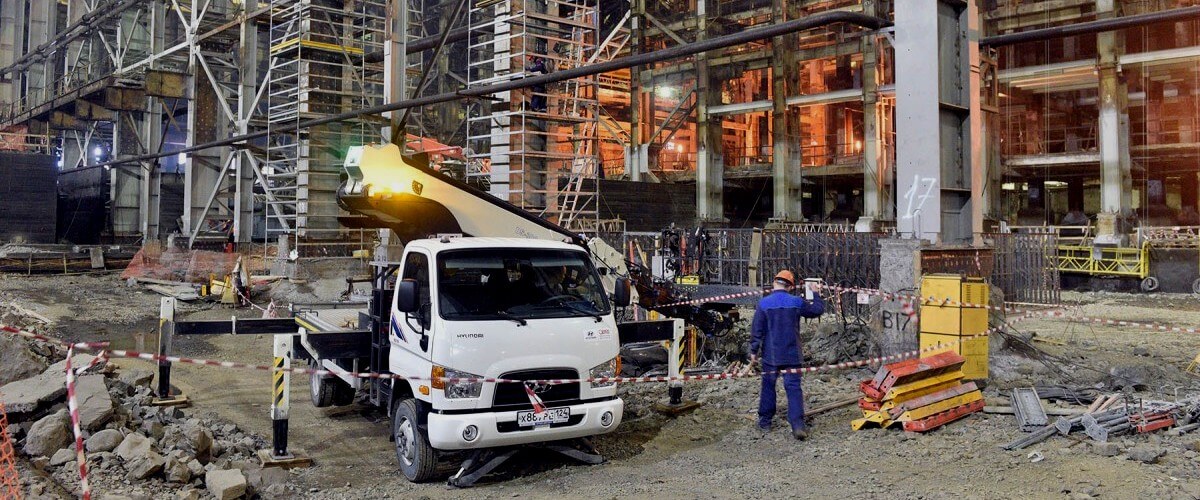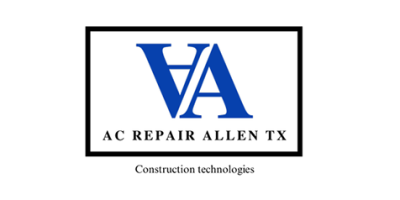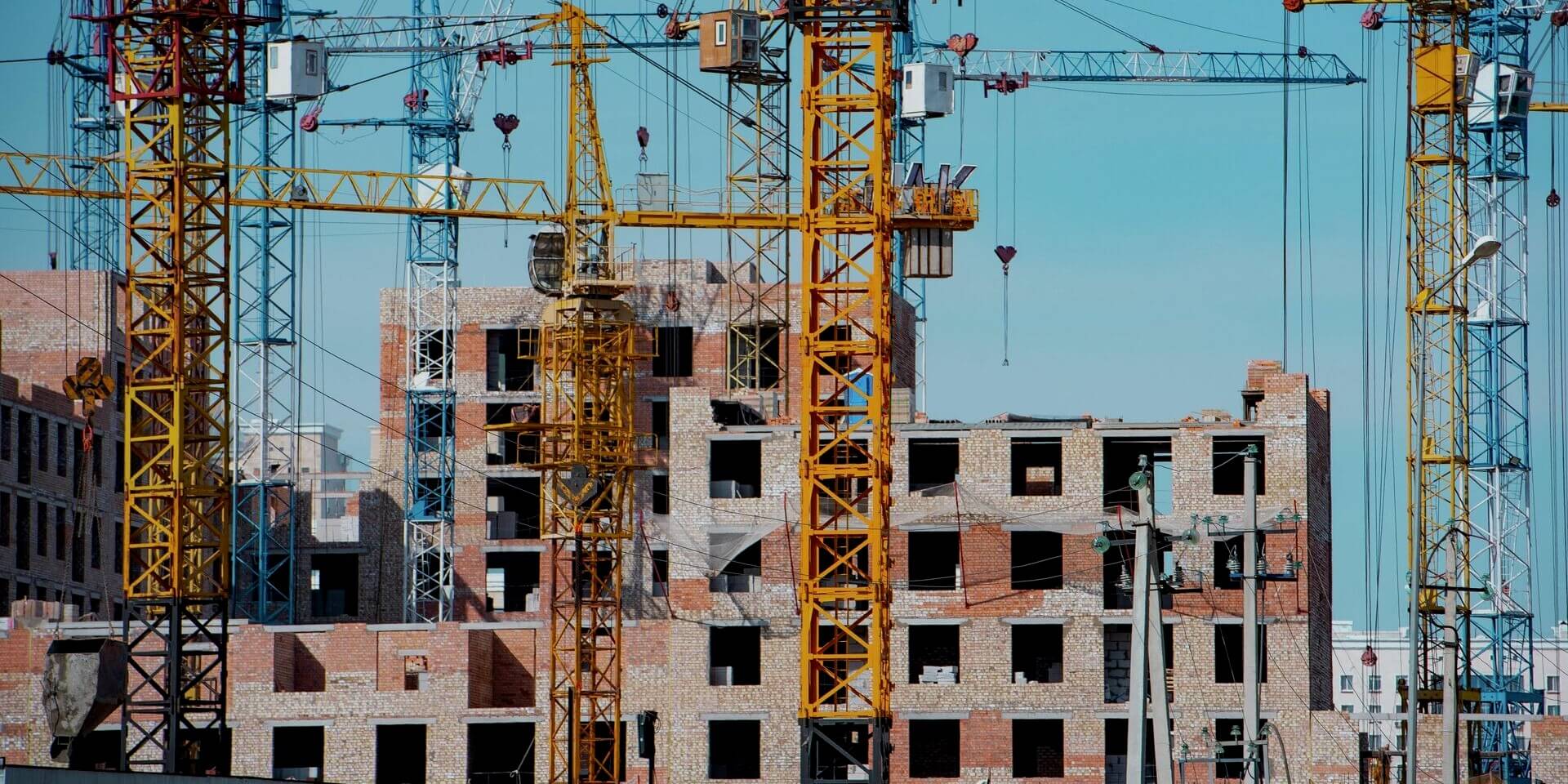No matter which city in Europe you visit, beautiful and unique buildings stand out from the rest. However, not everyone is approved to construct a building on their chosen piece of land. The process for gaining approval to build can be incredibly complicated, and getting rejected or denied is far too common. But why exactly do some architects receive rejections from planning departments? We’ve carefully considered the top 10 reasons for rejected building permits within Europe to give you a better understanding of how to avoid being turned down in your next construction project.
Insufficiency of documents
All required copies of documents are not attached to the explanatory note, which is attached to the application. It includes legal title, a land-use certificate, a building permit issued by the fire service, etc.
Non-compliance with the Building Code
The building code is the set of technical regulations governing European construction. They exist to ensure the safety and proper functioning of all buildings in a city or region. Your permit will likely be denied if your plans don’t comply with the building code.
The land does not allow the issuance of a building permit
The planning department will not allow a building permit if the land does not meet certain requirements, such as being an environmentally protected area or having inadequate infrastructure for the proposed structure.
Lack of documentation regarding existing structures in the same area
The planning department needs to be sure that existing structures on adjacent lands are safe and structurally sound. The permit may be denied if there is a lack of documentation about these structures.
Inadequate space for access and circulation
If the proposed building does not have enough space for people to move around and access the building safely, it will be rejected by the planning department.
Coordination with protected zones not submitted

A special permit from the relevant authorities must be obtained if the proposed building is located in a protected zone, such as an archaeological or historical site.
Insufficient technical projects for construction
The planning department requires detailed plans and specifications of the proposed structure before issuing a permit. If these documents are incomplete or inadequate, the permit may be denied.
Inadequate drainage system or sanitary installations
The planning department will not approve a building permit if there is an inadequate drainage system or sanitary installations, as this could create health and safety risks for the inhabitants of the building.
Lack of environmental impact assessment
If the proposed construction project has an environmental impact, a special environmental impact assessment must be prepared and submitted to the planning department.
Inadequate seismic resistance
If the proposed building does not meet certain requirements for seismic resistance, it could pose a risk to its occupants in case of an earthquake or other natural disasters. Therefore, the plans must show adequate resistance to seismic forces.
These are the top 10 reasons why European building permits can be denied. When applying for a permit, ensure that all the necessary documents and plans are included and that they meet all of the requirements set out by the planning department. With careful preparation, your next application should be successful!

